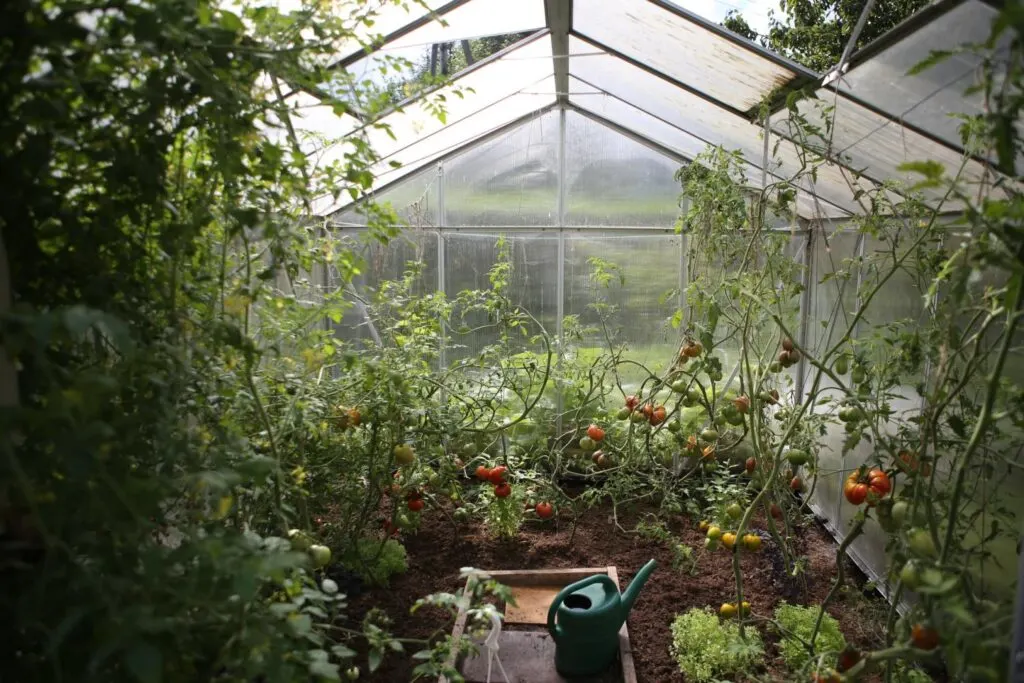As the temperature rises and the days become longer, families may engage in more outdoor activities.
Today, more children struggle with mental illness from increased screen time. Spending more time on digital devices also adversely impacts individuals’ physical health.
Low mobility rates increase one’s risk of heart disease and other adverse conditions.
Spring weather offers new opportunities to immerse yourself in nature.
Families can work together to engage in new activities and improve their physical and mental health.

The Top Benefits of Springtime Activities
When family members engage in springtime activities, they create shared experiences. Developing a solid family bond can enhance one’s sense of trust and support.
Physical springtime activities also improve a family’s physical health.
Spending time outside in the sun increases one’s natural vitamin D absorption. Individuals accumulate and process vitamin D from natural sources more efficiently.
The nutrient improves individuals’ immune efficiency, helping them fight off illnesses.
It also increases cognitive and nervous system efficiencies.
Springtime activities additionally enhance family members’ health by promoting weight loss. Increasing vitamin D absorption and reaching a healthy weight can minimize one’s risk of developing cancer.
Another benefit of springtime activities is enhanced physical fitness.
Exercising more decreases family members’ stress, anxiety, and depression levels. Activities can release endorphins and improve individuals’ sleep cycles.
1. Hiking
In southern regions, spring is the best time to hike. Family members can increase their exercise levels and access mental health benefits by hiking regularly.
Outdoor exercise also increases one’s natural vitamin D absorption.
Reading trail maps and relying on each other’s sense of direction can enhance a family’s bond.
When family members develop trust and confidence in each other, they carry their connections into everyday life. Another physically and emotionally beneficial spring activity is camping.
2. Camping
Camping exposes families to nature and the global ecosystem. You may bring a local field guide camping with you to increase your family’s awareness.
You can use the guide to identify animal and plant species.
One mental benefit of camping involves limited screen time. Many campsites lack WiFi connections, preventing family members from using the internet. Camping can also increase one’s self-esteem.
Backpacking, hunting and setting up tents may enhance one’s sense of independence. Researchers also recognized an increase in cognitive abilities among avid campers.
Family members may boost their moods and focus by camping.
3. Building Machines
April showers limit some outdoor activities. During storms, families can engage in indoor crafts that expand children’s education.
Building Rube Goldberg machines may promote one’s science, technology, engineering and math skills.
Rube Goldberg engaged with mechanical inventions involving the chain reaction. Families can build Goldberg-influenced machines using dominos, marbles and levers.
Creating a long domino track may help children understand the influence of physical force.
4. Exploring New Playgrounds
Younger family members may find building and hiking challenging. Exploring new playgrounds is a springtime activity accessible to all individuals.
Playgrounds promote physical and emotional development in younger kids.
Meeting and engaging with other children at playgrounds improves one’s social skills, independence, confidence, self-esteem and resilience.
It also increases family members’ bone health. Parents can improve children’s playground experiences by packing a go-bag.
They may prepare for a successful visit by packing snacks, water, sunscreen, and a first-aid kit. Increasing your hydration when exercising in the sun is essential for heatstroke prevention.
This spring, families can also improve health and well-being by planting a vegetable garden.
5. Starting a Vegetable Garden
Building vegetable gardens require some elbow grease. Families may begin developing their gardens by placing wooden planks around a de-weeded area.
Digging soil and laying planks can increase one’s heart rate, lowering their risk of high blood pressure.
Vegetable gardens also teach children about photosynthesis and the local ecosystem.
Young kids may be unaware of where their food comes from. Building a garden can help them develop a greater appreciation for their meals and minimize food waste.

Families may also increase their vegetable consumption after building a garden.
There are fewer calories in vegetables compared to other foods. Regularly consuming produce from your garden can lower your risk of stroke, heart attacks, and heart disease.
6. Celebrating Earth Day
Earth Day falls on Friday, April 22 this year. Families can show their appreciation for the planet by celebrating the holiday.
Some individuals celebrate by expanding their environmental knowledge.
You and your family can visit natural museums, zoos or botanical gardens this Earth Day. Individuals may also show their appreciation for the local ecosystem by planting trees.
Trees naturally filter surface-level emissions, which minimizes climate change effects.
7. Paint Pet Rocks
The final springtime activity families can engage in involves painting. Families with young children may benefit from creating pet rocks.
You may start the activity by hunting for the perfect stone on a hiking trail.
Then, you can take it home and clean off any dirt or debris. Parents can supply their children with paint, markers and googly eyes to complete their pet rock designs.
The activity helps kids develop fine motor skills, problem-solving skills, and different points of view.
Creating Your Springtime Agenda
When parents and guardians develop their springtime itineraries, they must assess their family members’ mobility levels.
Young children may engage in different activities than teenagers.
After evaluating family members’ physical and emotional development, you may plan weekend trips and afterschool activities.